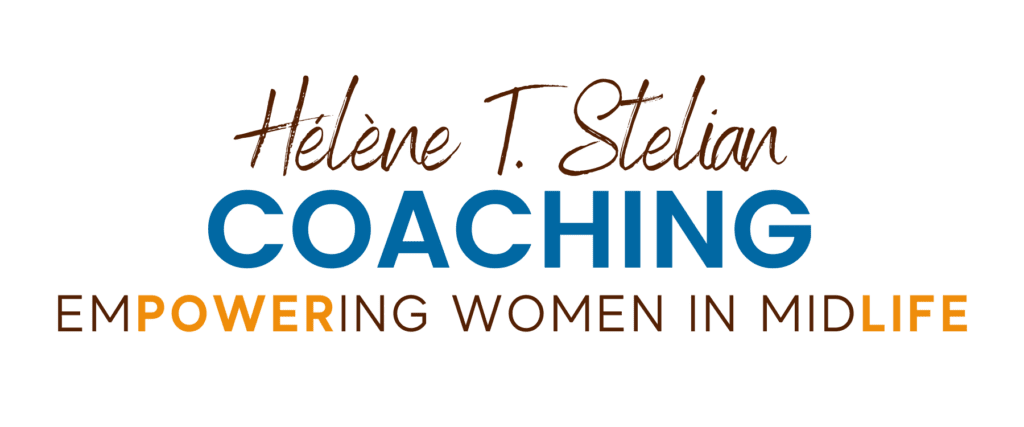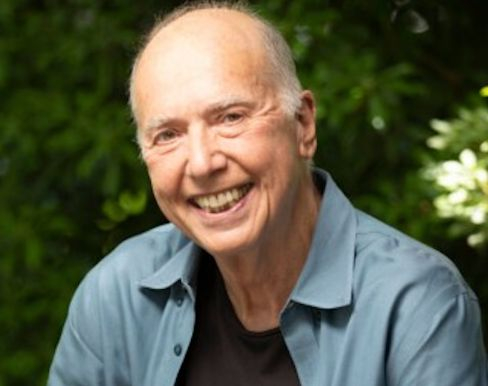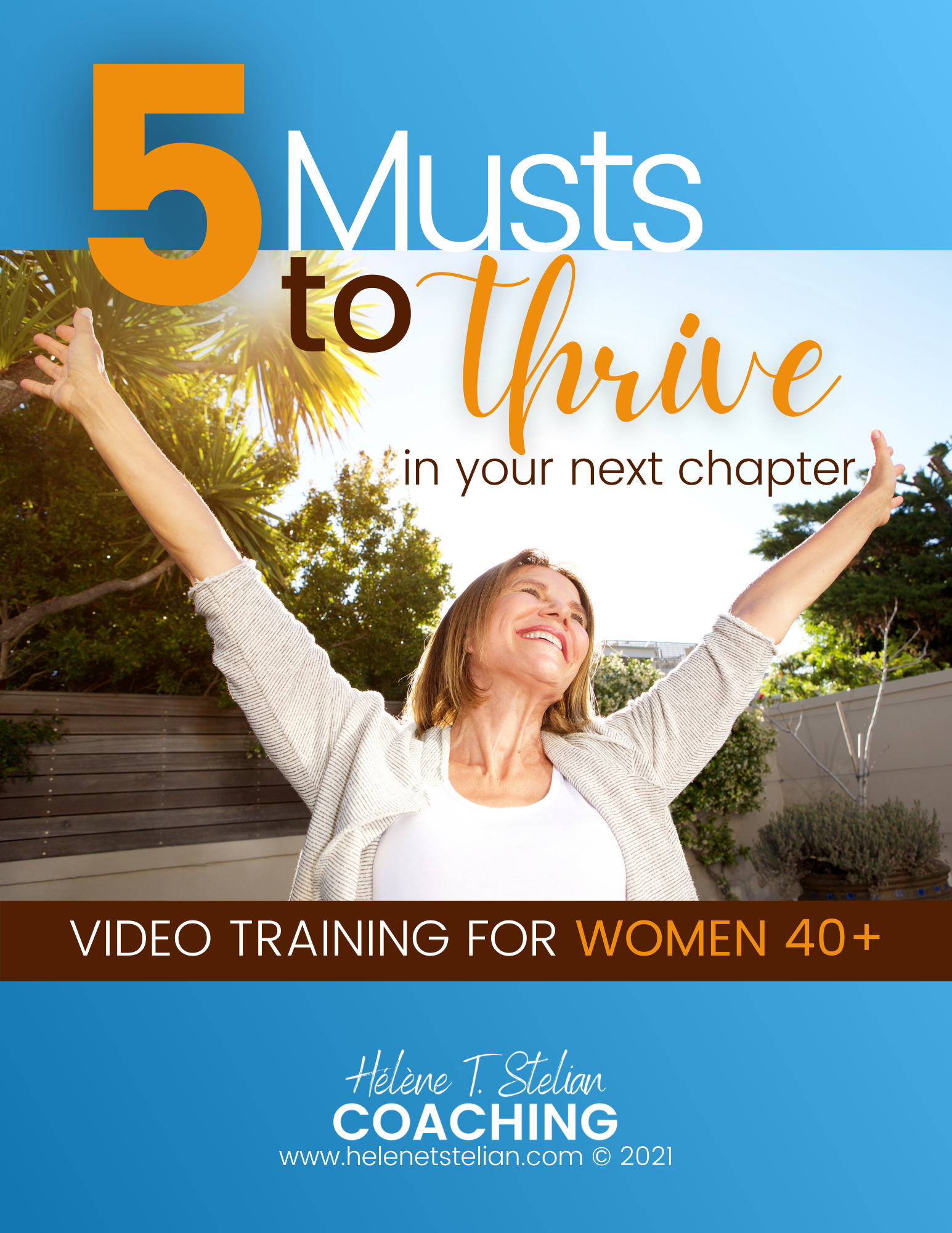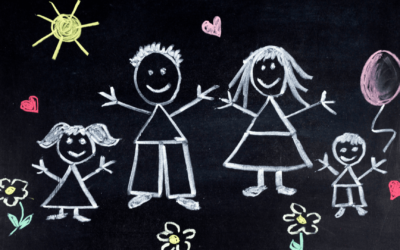 Your newest book, The Transformation: Discovering Wholeness and Healing After Trauma
Your newest book, The Transformation: Discovering Wholeness and Healing After Trauma, leverages your 50 years as a mind-body medicine pioneer. How do you define trauma and how prevalent is this issue today?
I think it’s really important to understand that trauma is a word that means ‘injury’ to body, mind, or spirit, and that it will come to all of us, sooner or later. If not early in life because of abuse or neglect, or discrimination or poverty, then probably in young adulthood or midlife as we deal with the significant pain of break-ups, relationship loss, job disappointments, family illnesses and deaths. And if not then certainly later. If we’re fortunate enough to grow old, we’ll become frail, lose loved ones, and face our own inevitable death.
Our current political situation is itself traumatizing. One of the salient characteristics of trauma is that it agitates us, throws us into feelings of chaos and confusion. I think that’s a pretty good description of the way many Americans feel pretty regularly, if not on a daily basis. In addition to political upheaval and uncertainty, the potential climate-change related calamities loom over all of us. The situation is clearly more distressing for minorities, of every kind, and also for women. Social and political gains that we’ve begun to assume would continue and grow are very much in question, including gains in healthcare coverage.
It’s important to see that trauma is a part of life, and not apart from it; to honor it when it comes; to learn the lessons it has to teach; and to take actions—from self-care to community-building to political and social advocacy—to address it.

Your book lays out a program you developed to reverse the psychological and biological damage caused by trauma. Tell us more…
The program is quite comprehensive. It begins with two practices and an attitude and understanding, that I regard as foundational, and builds on them.
The understanding is that all of us have the capacity to reverse the damage that trauma will bring, to build greater resilience and also to use these life challenges as opportunities to discover greater meaning, purpose, compassion and love. This is an understanding that is very much a part of Indigenous wisdom. It is one that we’re beginning to rediscover. And it is so important in sustaining us as we address life’s inevitable challenges. It is also a source of the hopeful attitude that makes trauma recovery so much easier and that allows us to appreciate the lessons that trauma can teach us.
The two practices that I would focus on serve as antidotes to the biological reactions that trauma causes. The first is a quiet, concentrative meditation: Soft Belly Breathing.
When we’re traumatized, whether the source is emotional or social or physical, we most often go into a fight-or-flight response. Our heart rate and blood pressure go up; our big muscles, engorged with blood, get tense preparing us to fight or flee from a predator; and our digestion is compromised. Areas of our brain responsible for fear and anger fire much more actively, and those that govern self-awareness, thoughtful decision-making and compassion begin to shut down.
Soft Belly Breathing, which stimulates the vagus nerve, is the antidote to the fight-or-flight response. It calms the body, lowering the heart rate and blood pressure, relaxing big muscles, and enhancing digestion. It quiets and focuses the mind, decreasing activity in the amygdala, a part of the emotional brain that governs fear and anger, and increasing activity in the frontal part of the cerebral cortex in areas responsible for self-awareness, thoughtful decision making, and compassion. Soft Belly helps us to focus and relax, to be more aware and thoughtful. It enables us to be more compassionate toward other people, as well as toward ourselves.
It’s very simple. You breathe slowly and deeply in through your nose, and out through the mouth, with your belly soft and relaxed. If thoughts come, you let them come, let them go, and gently bring your mind back to focus on the breath, on the words “soft” and “belly,” and on the feeling of the belly being soft and relaxed.
The second reaction comes when trauma is overwhelming and inescapable. Think of a child in an abusive family, or an adult who’s been assaulted or raped by a more powerful person, or just about anyone during a war. When we feel so overwhelmed or helpless to either fight or flee, we go into what’s called a “freeze” response. It’s a kind of total collapse or shut down mediated by a part of the parasympathetic nervous system (of which the vagus nerve is the main component) deep in the midbrain.
We collapse physically, perhaps even falling to the ground, and may feel constricted or numb and withdrawn. We may even feel completely dissociated from our bodies, unable to feel anything.
Like the fight or flight response, freezing is meant to be lifesaving and quickly turned on and just as quickly turned off. The problem is not with the response itself, but with its prolongation, either because we continue to be in a situation which causes us to freeze (for example, an abusive relationship we feel we cannot leave) or because we’re so overwhelmed with memories of the traumatic situation, replaying them in our mind, experiencing the consequences in our body.
A number of therapeutic approaches are addressing, or beginning to address, the fight or flight response. However, the freeze response is too often neglected. In The Transformation I teach a number of expressive meditations that are designed to melt the trauma-frozen body, to help free up emotions that have been suppressed. The simplest and easiest, the one I teach early on in The Transformation, is Shaking and Dancing. You may feel a little self-conscious about it, but it’s powerfully effective.
Here are some basic instructions. Put on some fast, driving, rhythmic music (no words). Now stand up, with your feet shoulder width, bend your knees a little bit. Start shaking from your feet up through your knees and hips, chest and shoulders, letting your whole body go, letting the tension release from the shoulders, letting the shaking move up to your neck and your head, allowing your jaw to hang open.
Do this for about 5 or 6 minutes, then stand comfortably, relaxed, being aware of the breath and the body. Then let your body move to music that’s energizing and inspiring for you. This expressive meditation not only breaks up the fixed, inhibiting, physical and mental patterns that follow trauma, it begins to bring up emotions that have been long buried.
Descriptions of both of these meditations, as well as detailed explanations of the physiology and the science that underlie them are in the first few chapters in The Transformation. They’ll help you see why and how these, and other kinds of meditation, can be so central to trauma-healing. They’ll also show you how you can most easily include them in your daily life.
Used together, the quiet, concentrative Soft Belly and the active, expressive Shaking and Dancing begin to restore the physical, psychological and social imbalances that are the consequences of trauma. They provide the foundation of relaxed, moment-to-moment awareness which will allow you to make the best use of all the other techniques I describe in The Transformation including the use of drawings, movement and words to bring up emotions and share experiences; Guided Imagery to quiet the body, explore the causes of symptoms and discover intuitive solutions to problems that had seemed insoluble; eating a Trauma-Healing Diet; mobilizing gratitude and forgiveness; spending time in nature and with animals; laughing, and many more.

Please share an example of someone you’ve helped with your program.
Again and again, people tell me how the hopeful, grounded approach I teach steadies them during terrible times and how one or another of the techniques has opened the door to the unimagined healing possibilities that the whole program offers. Here, from the pages of The Transformation, is a story of how Soft Belly Breathing did this for one woman.
Not long ago, Shirley, a fifty-one-year-old widow and government worker, came to see me. When I’d met her a month before during a brief workshop on grief and mourning, her face was blotchy, her body shapeless and slumped; her crossed leg was jumping up and down with anxiety, and her eyes were focused on the floor. She had confided, “My blood pressure is off the charts. I’m headed toward diabetes. I can’t sleep, and I think I’m going to die of chest pain—and sometimes I’m miserable enough to want to speed up the process.”
Now she was sitting in my office, her back straight, neat, alert, looking right at me. I hardly recognized her. She was still grieving for her husband, who had died a few years ago, and was uneasy about her son, who had just left home to live on his own. She was lonely in her empty nest. And her boss, overbearing and unappreciative, was still an irritant.
Now, though, she was moving through, not drowning in, troubled waters.
“When I did the Soft Belly breathing in the workshop,” she told me, “I felt quiet. As you talked us through it, I realized, ‘I’m in fight or flight all the time.’ Sitting there, even that first time, my mind started to slow down, my boss seemed to shrink in size. And then the thought popped into my head: ‘You can be healthy.’ That got me started. I decided to do the breathing every day, sometimes once, sometimes two or three or five times.
“It was like cleaning out my mind so new ideas could come in. Then I started walking and breathing slowly and deeply, holding my head up so I could see the ‘real world’ around me. I’d forgotten the beautiful trees and the grass, and even the people. My blood pressure came down, and I got off the meds, and I started sleeping at night. It felt so good. ‘This is me,’ I thought. ‘I have feelings, even some good ones.’ That made me laugh. And then I called you.”
(The Transformation: Discovering Wholeness and Healing After Trauma, pp. 51-52)
What is your top advice to a reader who wishes to recover from trauma?
Trauma recovery is possible. There’s scientific evidence that the approach in The Transformation works. I’ve seen it with thousands of people, and it’s happened with me. As we relax and accept the trauma that inevitably comes to us and use self-care tools and techniques to explore our vulnerability and discover previously unimagined strengths and solutions, we experience more and more of who we really are. A natural process unfolds, with new possibilities. We discover greater meaning and purpose, love and compassion.

What resources do you recommend for trauma victims?
In the Appendix to The Transformation, I describe more than a dozen individual therapies that have been shown to be useful for people who’ve been traumatized, and I mention others in the text of The Transformation. I present the benefits and shortcomings of each, including summaries of the research on them.
I regard the program in The Transformation as foundational. And, you may want to explore one or more of these therapist-guided approaches in an intensive, focused way. They include cognitive behavioral therapy, prolonged exposure, EMDR and the “tapping” therapies; consultation with an “integrative” or “functional” medicine practitioner to deal with digestive problems not relieved by the Trauma-Healing Diet; long form courses in gratitude and forgiveness; use of acupuncture to enhance balance in body, mind, and spirit. All can be helpful.
However, the Resource that I want to recommend most highly is the developing intuition that the program in The Transformation encourages and nourishes—your own capacity to distinguish which resource might be most helpful to you at a particular time, and which person you should trust to offer it to you.
Connect with Dr. James S. Gordon:
Contact form: https://jamesgordonmd.com/contact/
Website: https://jamesgordonmd.com
Book: The Transformation: Discovering Wholeness and Healing After Trauma
Social media links:
Instagram: https://www.instagram.com/jamesgordonmd/
Twitter: https://twitter.com/jamesgordonmd
Facebook:
https://www.facebook.com/MindBodyMed/
https://www.facebook.com/jgordonmd/
James S. Gordon, MD, a Harvard-educated psychiatrist, is internationally recognized for using self-awareness, self-care, and group support to heal population-wide psychological trauma. He is the founder and executive director of the nonprofit Center for Mind-Body Medicine in Washington, D.C., a clinical professor at Georgetown Medical School, and was chairman (under Presidents Clinton and GW Bush) of the White House Commission on Complementary and Alternative Medicine Policy.
Dr. Gordon’s latest book, The Transformation: Discovering Wholeness and Healing After Trauma, helps us understand that trauma will come sooner or later to all of us. Trauma, he explains, is a human experience, not a pathological anomaly. In The Transformation, he guides us step by step in a comprehensive evidence-based program to reverse the psychological and biological damage that trauma causes. He shows us, drawing on the latest scientific research, 50 years of clinical experience, timeless wisdom, and inspiring life stories, how we can, as we meet the challenges that trauma brings, discover the ordinary joys as well as the meaning and purpose of our lives. We come to know that our broken hearts can open with greater compassion and love.







0 Comments